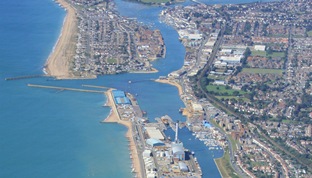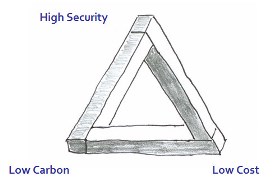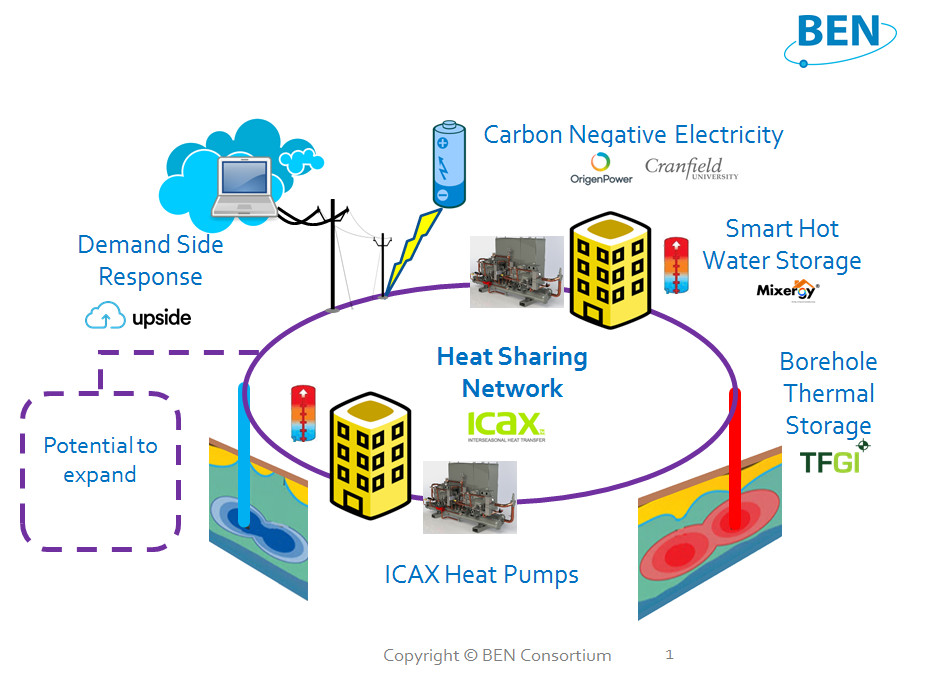Local Smart Grids
Local Smart Grids employ multi-scalar, multi-vector open-architecture smart local energy systems across heat, power & transport with interoperable Internet of Things layers as part of a blueprint for future local energy Smart Grids.
The Electrification of Heat
The electrification of heat opens up opportunities not only to balance the national grid, but also to use demand side response techniques at the local level to balance local energy supply and demand.

Local Smart Grid Projects bring together cross-sector supply chains to deliver integrated energy solutions at different scales to meet the energy systems challenges of achieving a low-carbon economy: secure, affordable, sustainable energy.
Heat pumps can be used to transfer heat to buildings in winter instead of generating heat afresh by burning fossil fuels. ICAX has developed heat pumps which can deliver high temperatures so that they can be used at the heart of a Fourth Generation Heat Network to deliver heat to buildings on a network. ICAX can also examine the feasibility of incorporating a fifth generation heat networks into local Smart Grids.
Balancing the supply and demand for heat through the seasons is mirrored by balancing the supply and demand for electric power by shifting some of the demand from times of peak consumption (by day) to times of excess supply (by night).
Electrification of Transport
Vehicles can be free from emitting CO2 and NO2 if propulsion is based on an electric drive train. Battery electric vehicles need time to charge and electric charge points. Fuel cell electric vehicles can be charged quickly at hydrogen refuelling stations.
Demand Response
Demand side response is used to shift the timing of electric demand from hours of peak demand to times of surplus supply. DSR requires a bi-directional energy grid to signal when prices are low to trigger additional use (and to signal when prices are high to inhibit use).

Virtual Power Plant
A Virtual Power Plant (VPP) can be installed to link generators and users of electricity, with smart controls and storage capacity to bridge the gaps between peak supply and peak demand.
Hundreds of homes, schools and council buildings will have solar panels, batteries and electic vehicles installed and linked together to demonstrate the advantages of smart technology which is designed to cut energy costs by 10%.
Local Smart Grids can bring together cross-sector supply chains to deliver integrated energy solutions at different scales to meet the energy systems challenges of achieving a low-carbon economy: secure, affordable, sustainable energy.
Air Quality
ICAX is also addressing the growing problem of air pollution: the heat pumps provide heating without employing combustion or releasing any gasses on site.



